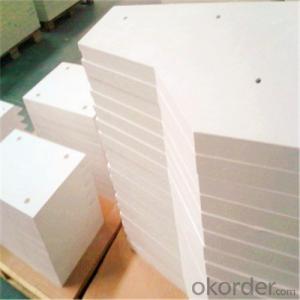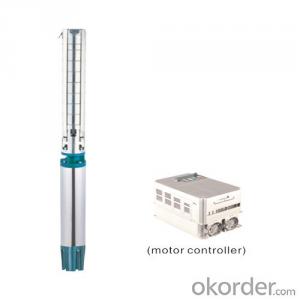Install Solar Inverter
Install Solar Inverter Related Searches
Ac Inverter For Solar Panels Solar Panel With Ac Inverter Gas Furnace With Ac Panda Hot Water Bottle Cover Minion Hot Water Bottle Cover Abb Solar Water Pump Inverter Solar Water Pump Philippines Extra Long Hot Water Bottle Solar Panel Dc To Ac Inverter Old Fashioned Hot Water BottleHot Searches
Geogrid Fabric Price Geogrid Fabric Home Depot Cost To Install Frp Panels Geotextile Fabric Cost Per Square Foot Geogrid Fabric Near Me Textilene Fabric Suppliers Uk Cost To Install Hardwood Floors Coal Prices 2015 Type Of Inverter For Solar Types Of Inverter For Solar Used Solar Inverter For Sale Inverter Size For Solar System Solar Edge Inverter For Sale 5kw Solar Inverter For Sale Solar Inverter For Sale Solar Inverter For Battery Solar Inverter For Split Ac Solar Inverter For Laptop Solar Inverter For Fridge Solar With Inverter PriceInstall Solar Inverter Supplier & Manufacturer from China
Okorder.com is a professional Install Solar Inverter supplier & manufacturer, offers integrated one-stop services including real-time quoting and online cargo tracking. We are funded by CNBM Group, a Fortune 500 enterprise and the largest Install Solar Inverter firm in China.Hot Products
FAQ
- A solar inverter handles shading or partial panel obstructions by employing a technique called maximum power point tracking (MPPT). MPPT allows the inverter to constantly monitor the output of each individual solar panel and adjust its operating conditions to maximize power production. When shading or partial obstructions occur, the inverter intelligently redistributes the power flow to avoid any significant drop in overall system performance. This ensures that the panels operate at their optimal efficiency, even under less than ideal conditions.
- Yes, a solar inverter can be used with different monitoring platforms as long as it is compatible with the protocols and communication standards supported by those platforms.
- Yes, a solar inverter can be used in a ground-mounted solar system. A solar inverter is an essential component of a solar system that converts the direct current (DC) generated by the solar panels into alternating current (AC) electricity that can be used to power homes or be connected to the grid. Whether the solar system is ground-mounted or rooftop-mounted, a solar inverter is required to ensure the efficient and safe operation of the system.
- To choose the right size solar inverter for your system, you need to consider two key factors: the maximum power output of your solar panels and the maximum power demand of your electrical appliances. The solar inverter should be able to handle the peak power output of your solar panels and should have a capacity slightly higher than the maximum power demand of your appliances. It is important to ensure a proper match between the solar inverter and your system's power requirements to optimize energy production and ensure efficient operation.
- Yes, a solar inverter can be used with bifacial solar panels. Bifacial solar panels can generate electricity from both sides, capturing sunlight from both the front and back surfaces. The solar inverter is responsible for converting the DC power generated by the solar panels into AC power that can be used in homes or fed into the grid. Therefore, a solar inverter is an essential component for any solar panel system, including those with bifacial panels.
- To calculate the maximum power point tracking (MPPT) range for a solar inverter, you need to consider various factors such as the solar panel's voltage and current characteristics, temperature, and the inverter's efficiency. Using the voltage-current (V-I) curve of the solar panel, the MPPT range can be determined by finding the point where the power output is maximized. This is typically done using algorithms within the solar inverter to continuously adjust the operating point to track the maximum power available from the solar panel.
- A solar inverter handles voltage regulation during sudden load changes by continuously monitoring the grid frequency and voltage. When there is a sudden load change, the inverter adjusts its power output accordingly to maintain a stable voltage level. It does this by dynamically controlling the power conversion process, regulating the flow of electricity from the solar panels to the grid. This ensures that the voltage remains within the acceptable range even during sudden changes in load demand.
- A solar inverter handles voltage drop by continuously monitoring the voltage levels from the solar panels. If it detects a drop in voltage, it adjusts its internal voltage regulation mechanisms to maintain a stable output voltage. This ensures that the inverter can efficiently convert the incoming DC power from the solar panels into usable AC power without any significant loss or disruption caused by voltage fluctuations.















































